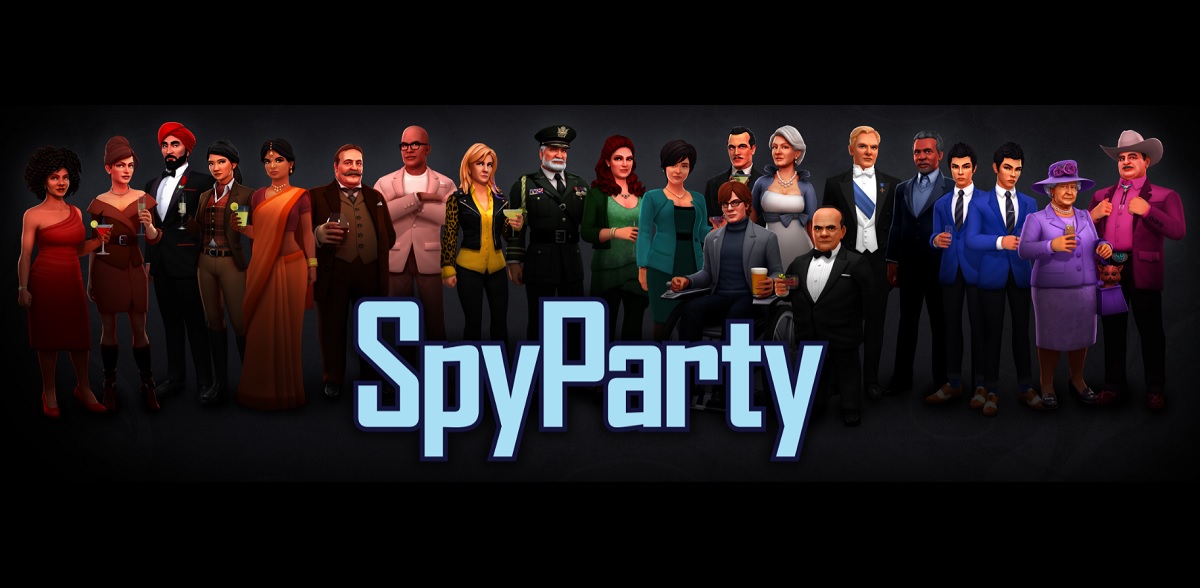Chris Hecker has been making SpyParty full-time for eight years, and he’s finally hitting a big milestone. While he’s already sold copies on his website, the veteran gamemaker is putting SpyParty on Steam Early Access beginning April 12, and it will have 21 new animated characters, 10 art venues, and eight missions with a lot of variants.
SpyParty is duel of wits. A human sniper tries to discover a human spy who is trying to blend in with other artificial intelligence characters at a party. The spy has to accomplish tasks like planting a bug on an ambassador, while the sniper has to identify and shoot the spy. Now Steam players will get a chance to see whether it’s possible to make a fun game based on observing subtle human behavior, rather than just a game full of action.

Unlock premium content and VIP community perks with GB M A X!
Join now to enjoy our free and premium membership perks.
![]()

![]()